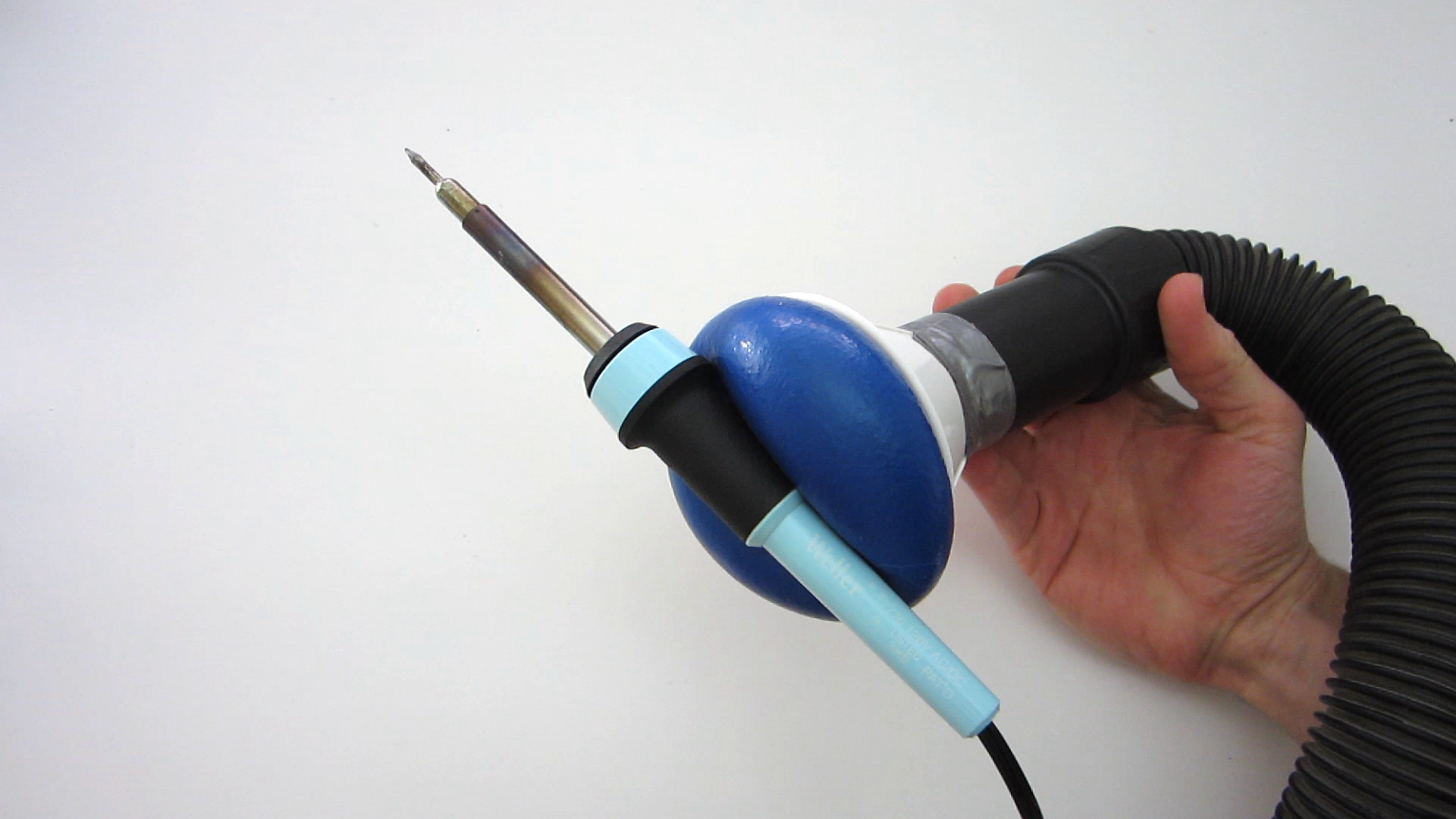This gripper works because of a process called “jamming”. When a granular material — such as coffee — is compressed, it becomes very rigid. As the pressure increases, so does the amount of friction between the individual grains. This effectively locks the grains in place.
You may have observed this phenomenon while handling bags of ground coffee. A vacuum-packed bag of coffee is rock-hard as long as the seal remains intact. But as soon as the seal is broken, the coffee becomes soft and pliable and can be poured like a fluid. This process happens with many granular materials, such as rice, couscous, and even sand.
We’re using this process to make an amorphous robot gripper. A balloon filled with coffee is attached to an air hose; when balloon is slightly pressurized the grounds are loose and easily rearranged. By pressing the balloon against an object, the grounds will move around it and take its shape. But when the air is sucked out of the balloon, the grounds are compressed and grip the object. The rubber surface of the balloon also helps to keep a hold on the object.



























